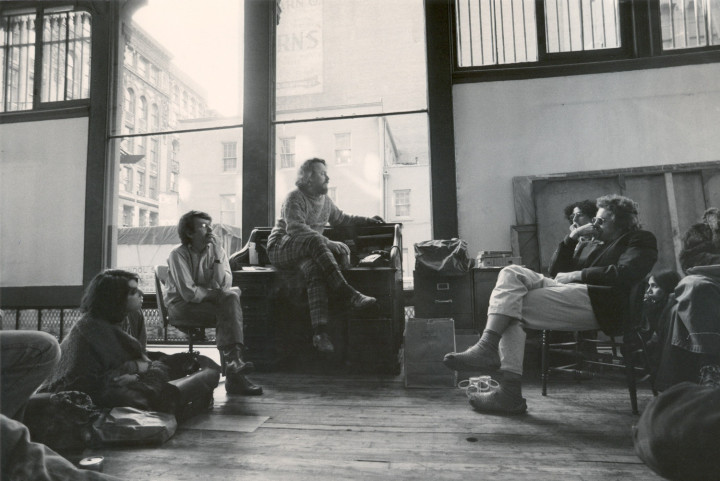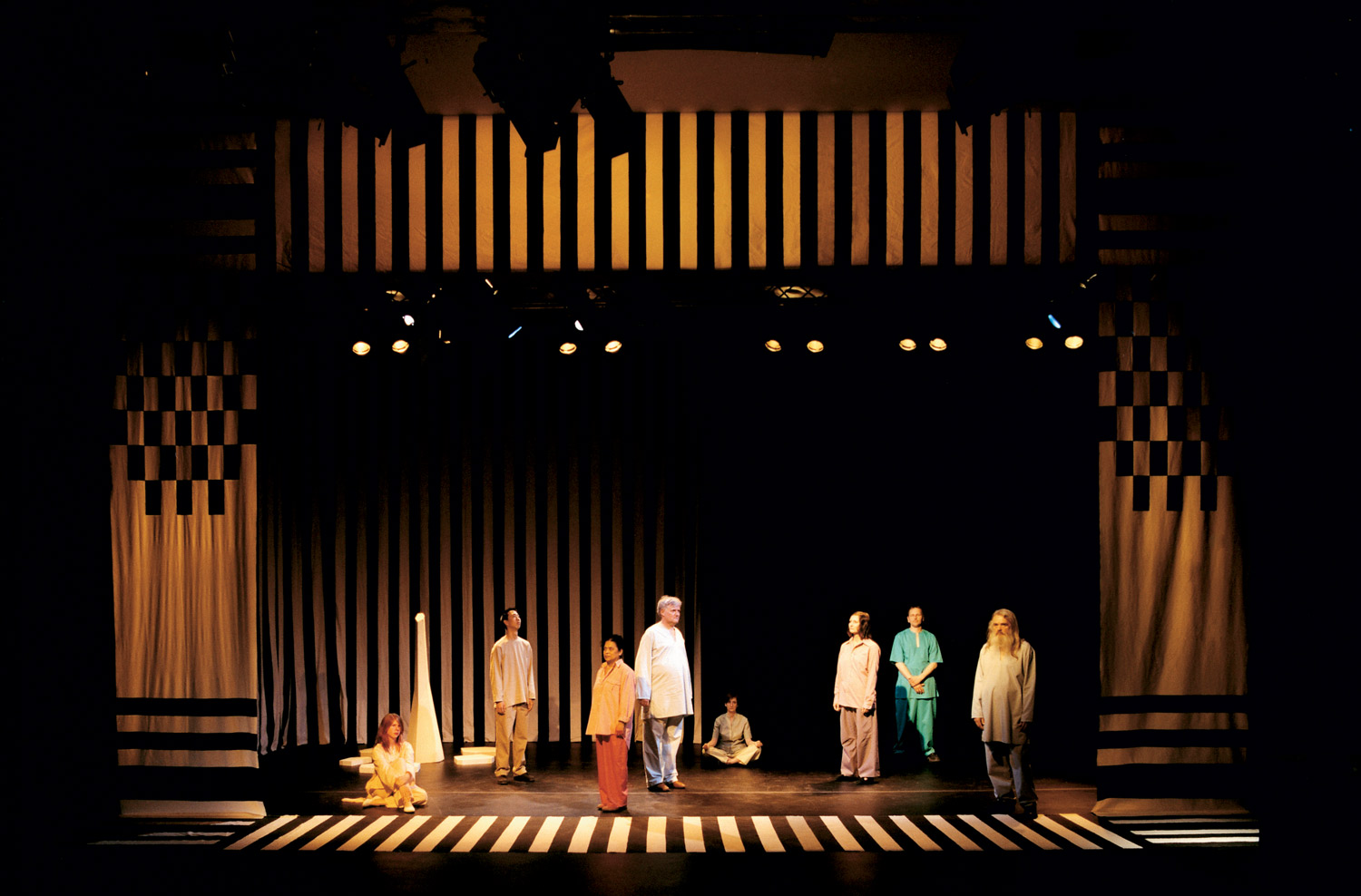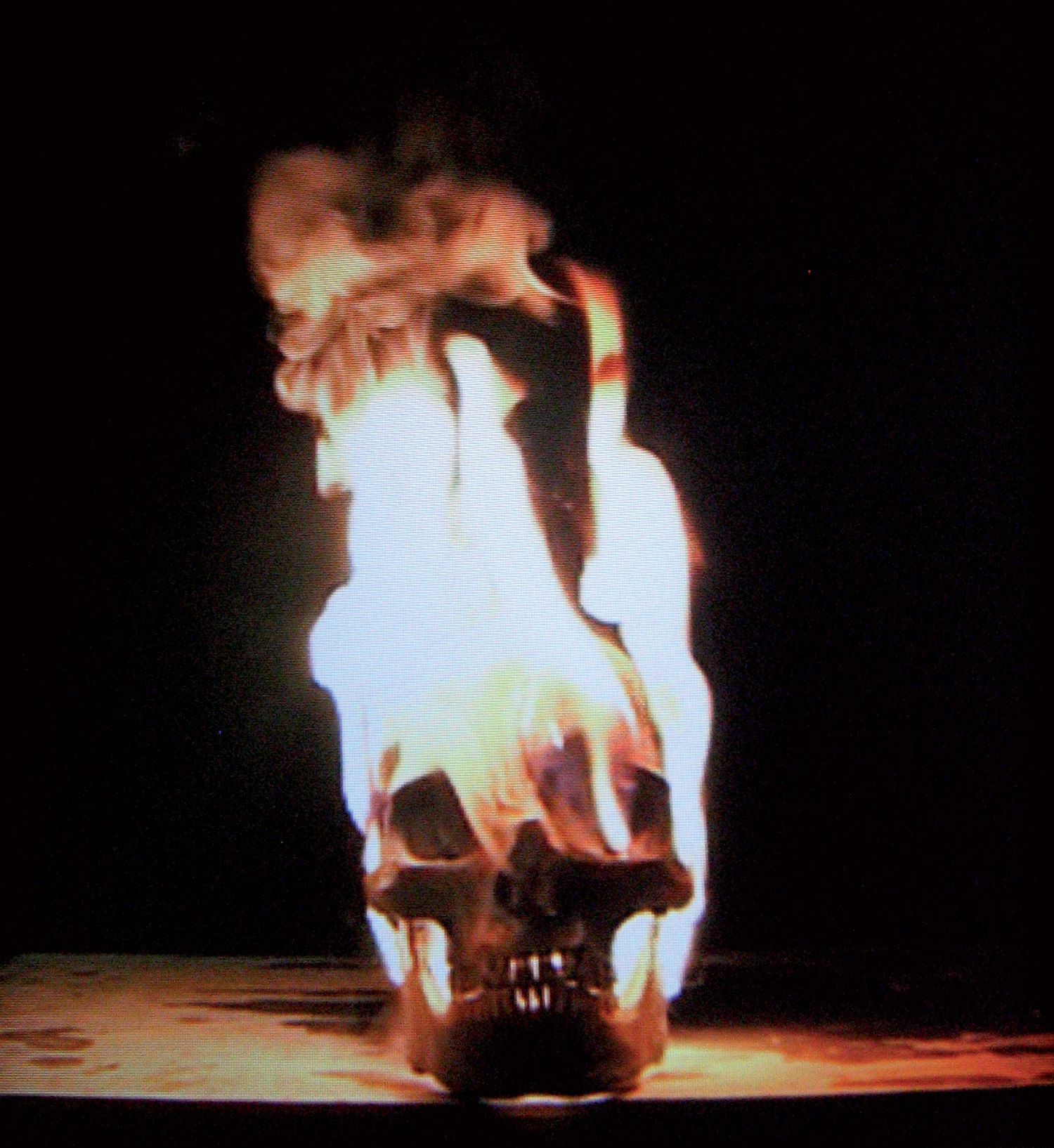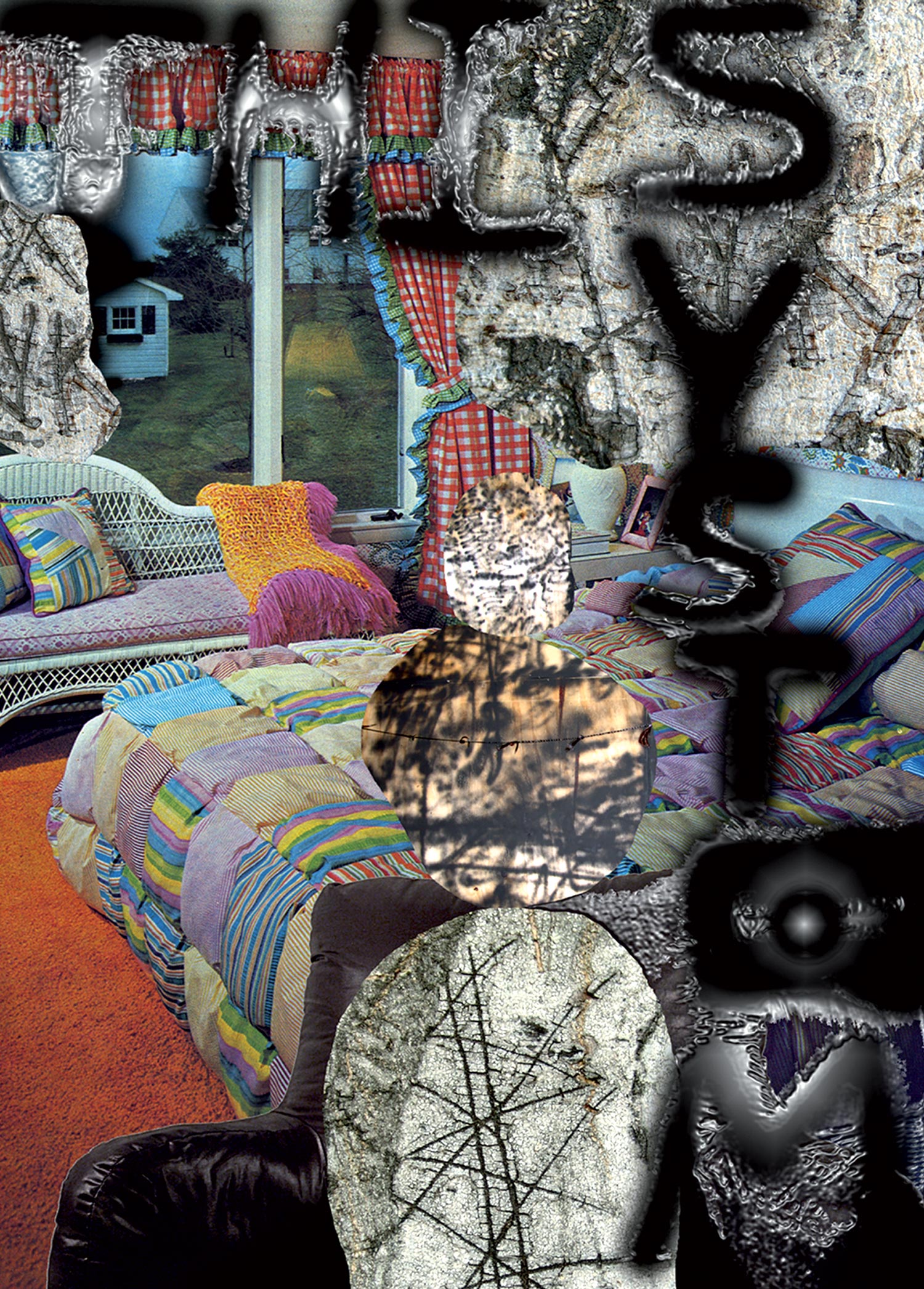
In the past few years, contemporary art has overtaken all the characteristics of an entertainment industry. Within the art system, this newly acquired status entails not just a redefinition of key traditional roles, such as the critic or the gallerist, but also the affirmation of new professions such as the curator. The growing importance and incredible diversity of exhibition-related work, which over the course of the last twenty years has become the primary means by which contemporary art gains recognition, has recently prompted various institutions and academic programs to provide courses for the professional training of curators. With the exception of The Independent Study Program, created by the Whitney Museum in New York around 1967, nearly all of these curatorial schools emerged over the last twelve years. Despite its being such a young academic discipline, this new subject must already come to terms with the prospect of becoming obsolete. The speed with which the debate surrounding curatorial activity unfolds daily in the field — through what is by now a significantly dense production of exhibitions — forces the various schools to constantly redefine not just course contents, but teaching methods as well.
The problem can be attributed to the objective difficulty of teaching a complex creative practice which is constantly evolving, a methodology which Okwui Enwezor went so far as to compare to the art of writing. This difficulty is confirmed by an undeniable reality: today, nearly all of the most active and interesting curators, even amongst the younger ones, were not trained in curatorial schools but hail instead from the most disparate educational horizons.
Directors of the various programs maintain that their duty is to train qualified professionals capable of working in various structures, not to transmit talent and genius to those who do not have it.
This position is understandable, even though the art system has a hard time absorbing the waves of “qualified professionals” these programs release into their midst each year. In this respect, the real difference amongst the various curatorial schools lies not so much in their programs, which, as we will see, are all more or less similar and of a decent level, but in their geographical location. Whereas it remains difficult in Europe to work as a curator after having attended even the most prestigious courses, the United States possesses a more complex and articulated art system which makes it relatively easy for a recent graduate to find a job.
At the least, curatorial schools represent a good way to break into the art world and to create a network. In this sense it seems better to choose not simply a good school but above all an interesting city in which to live and meet people.

Europe
L’École du Magasin, Grenoble
The first European school for curators was established in 1987 in Grenoble, France, by the Centre National d’Art Contemporain. L’École du Magasin offers a 10-month long course which is completely free. Compared to the other programs, which emerged within universities and are thus conditioned by their rules, the school has benefited from a particularly flexible structure which has allowed it to adapt its teaching methods over time. The program is divided into a theoretical section with lessons, seminars and practical training, which provides a forum for thought and discussion about various curatorial projects.
Université Paris I Panthéon-Sorbonne
Université de Haute Bretagne, Rennes
France also boasts two university courses in curatorial studies: the master Sciences et techniques de l’exposition at the Université Paris I Panthéon-Sorbonne and the master Métiers des arts de l’exposition at the Université de Haute Bretagne in Rennes. The first provides two semesters of instruction and an internship in a museum-type institution for a minimum of three months. The second provides a more theoretical program, the first year combined with the masters in art history and criticism. Practical training is devoted to the creation of an exhibition at the end of the course accompanied by the publication of a catalogue.
Royal College of Art, London
The second European curatorial program (MA in Curating Contemporary Art) was born in England in 1992, when the Royal College of Art, in collaboration with Arts Council England, permanently included it as part of the course curriculum. Lessons are given by the internal staff, curators from the Tate and other visiting lecturers. During the first year, students follow a somewhat dense series of theoretical classes and seminars, and partake in the conception and preparation of an exhibition to be held the following year in the Royal College’s galleries. The second year is instead devoted to research and prepare the final dissertation and show. What’s more, the school organizes and finances numerous trips abroad. Tuition is approximately 4,000 pounds annually (this is the annual price for UK and EU students only, overseas students prices vary).
Goldsmiths College, London
Another course was created in London in 1995: Goldsmiths College’s MFA in curating. Unlike the other schools, it focuses primarily on theory and exhibition projects: Goldsmiths College bases its teaching on the critical analysis of major contemporary art shows in London. Furthermore, students are encouraged to develop their own specific curatorial projects, testing their ideas in the presence of various specialists and their tutor during seminars and workshops. The course lasts one year for full-time students and two years for part-time students for an overall cost of 9,000 pounds for home and EU participants. Goldsmiths’ Department of Visual Culture also offers a program to pursue more theoretical problematics regarding curatorial practice. Founded in September 2006, Curatorial/Knowledge is a classic PhD lasting 3 years, accepting only eight researchers.

De Appel, Amsterdam
The critical moment in the brief history of curatorial schools came in 1994, when Saskia Bos established the De Appel Curatorial Training Programme in Amsterdam. The course was posited from the outset as an innovation: little time is dedicated to theory and a priority is placed on the practical aspects of curating. In substance, all the teaching is geared toward the conception and realization of an exhibition. Also heavily stressed is the managerial aspect of curating, from fund-raising to general budget management. This seven-month program is the most selective of all those discussed here. It is open to approximately six students each year. Aspiring curators pay a subscription fee of 2,500 euros. The school covers costs for numerous field trips throughout the duration of the course, in Holland or abroad.
Konstfack CuratorLab, Stockholm
While all the schools tend to resemble one another, at least in terms of their general formulation, the Konstfack CuratorLab in Sweden stands out as one of the most original courses on the international horizon. Established in 1999 as a residency for curators, CuratorLab has since become a travelling program: its seminars are held in various cities such as Stockholm, Paris, Nicosia, Istanbul and Berlin. As Prof. Måns Wrange states, “The participants organize symposiums, screenings, exhibitions or other public events at a collaborating institution or organization in each city where CuratorLab sets up its program. They conduct individual research projects where they interview curators, artists and theoreticians.” The faculty members function as research advisors for the students’ projects and at public events, and participate in seminars and discussions. The program lasts nine months and is totally free, apart from travel expenses, estimated at approximately 1,000 euros.
University of Applied Arts, Vienna
The University of Applied Arts in Vienna held its first course for curators in 2002 (Exhibition and Cultural Communication Management Master of Advanced Studies) inspired by the so-called Kuratorenlehrgänge, the curatorial studies program of Vienna’s IKW (Institut für Kulturwissenschaft Wien). The program is two years long and is subdivided into semesters during which students attend classes, seminars, workshops and group discussions and go on field trips. Students are also expected to conceive and realize exhibition projects. The cost of the course is 2,450 euros per semester.
École Supérieure des Beaux-Arts, Geneva
In Geneva, the École Supérieure des Beaux-Arts offers a program combining curatorial and cybermedia critical studies (CCC). It is an interdisciplinary program which tends to look at art through issues pertaining to political and social thought. The teaching is based on gender and postcolonial theory, the politics of representation and the study of alternative culture. In addition to these specific theoretical studies the school grants special consideration to installation practice: students are offered a variety of studio courses for practical training focusing on the preparation of an exhibition and the use of space. The program is two semesters long and tuition fees total approximately 500 Swiss francs per semester.
United States
Whitney Museum Independent Studio Program, New York
As mentioned before, the first true program for curators was organized by the Whitney Museum in 1967 as part of the Independent Studio Program. Open to four students each year, the program now lasts nine months, from September to May. During this period, students collaborate to organize an exhibition, working closely in unison with the ISP’s instructors and Whitney curators. The first phase consists of drafting different exhibition projects, one of which will be selected by the museum’s curators. Once the project is approved, students proceed to select works and define the entire installation of the exhibition. The final phase calls for the organization and realization of the catalogue and the preparation of critical essays. The cost of the program is 1,800 dollars per year.

Center for Curatorial Studies at Bard College, Annadale-On-Hudson, NY
One of the most prestigious curatorial schools in the world was established in 1994, at the same time as De Appel: the Center for Curatorial Studies at Bard College, roughly an hour by train from New York. The program is split into a theoretical section with an intensive curriculum of art history, aesthetics, critical theory etc. and more practical training which consists of an internship and the individual organization of an exhibition. Bard’s teaching staff includes curators, scholars in the social sciences, critics and artists. As with other American schools, tuition is very costly. The 2006-2007 academic year alone costs about 20,000 dollars. Bard nonetheless offers a kind of ‘limited’ financial assistance to students able to document their need.
Columbia University, New York
More recent, but no less interesting than Bard College is Columbia University’s curator course, created in 2002 in collaboration with the Whitney Museum and — beginning this year — the MoMA. As the director, John Rajchman, states, “The program’s general philosophy is to combine rigorous intellectual reflection with practical training and direct involvement in museum institutions.” As a matter of fact, aspiring curators not only have access to the world’s most prestigious art history courses, but also have the opportunity to learn the trade firsthand from professionals already involved with important institutions. Columbia’s is a two-year program, a bit longer if one enrolls part-time, and tuition comes out to 34,000 dollars.
College of the Arts, San Francisco
In California, the College of the Arts offers a course entitled Curatorial Practice, worth a mention for the program’s extremely practical scope. Apart from theoretical material the course offers students the opportunity to come into contact with the diverse aspects of contemporary art in the San Francisco Bay area. A two-year program, the first comprises seminars in art history, theory and criticism in addition to writing classes etc., while the second focuses on the group organization of a year-end exhibition and the corresponding catalogue. The program costs about 15,000 dollars per semester, but the school offers students various scholarships and financial aid based on merit.
Canada
University of British Columbia, Vancouver
Since 2001 the University of British Columbia in Vancouver has offered the Critical and Curatorial Studies course within its Art History department. During the first year, students attend a series of seminars to familarize with curatorial and critical studies, and during the second year they conceive and realize an exhibition. Faculty members and curators hold that the practicum component encourages students to take creative approaches in curating exhibitions. They are expected to produce high quality, professional and provocative exhibitions that are worthy of attention beyond the university context. Tuition for the first year alone amounts to roughly 17,000 dollars for international students and 4,700 dollars for Canadian students.
Asia
Lasalle-Sia College of the Arts, Singapore
Arts Initiative Tokyo
Worth mentioning in Asia is the Masters of Arts in Curatorial Studies, at Lasalle-Sia College of the Arts in Singapore and the Curation course organized by Arts Initiative Tokyo, a not for profit contemporary art platform which creates a range of programs and events. Very similar to the Western schools, the first of the two provides, as is customary, both theory and practical training, with the organization of an exhibit at the end of the course. The masters of Arts in Curatorial Studies costs roughly 17,000 dollars annually.
Curation is a course designed to offer theoretical, historical and practical training in contemporary curatorial practice. A series of lectures in Curation Basics covers topics such as the history of exhibitions, ideas about space and display and the management of exhibitions, while Critical Reading is a series of seminars held in small groups. Seminars introduce key theoretical terms through texts and visual materials and aim to explore curating within a broader cultural and critical context.





